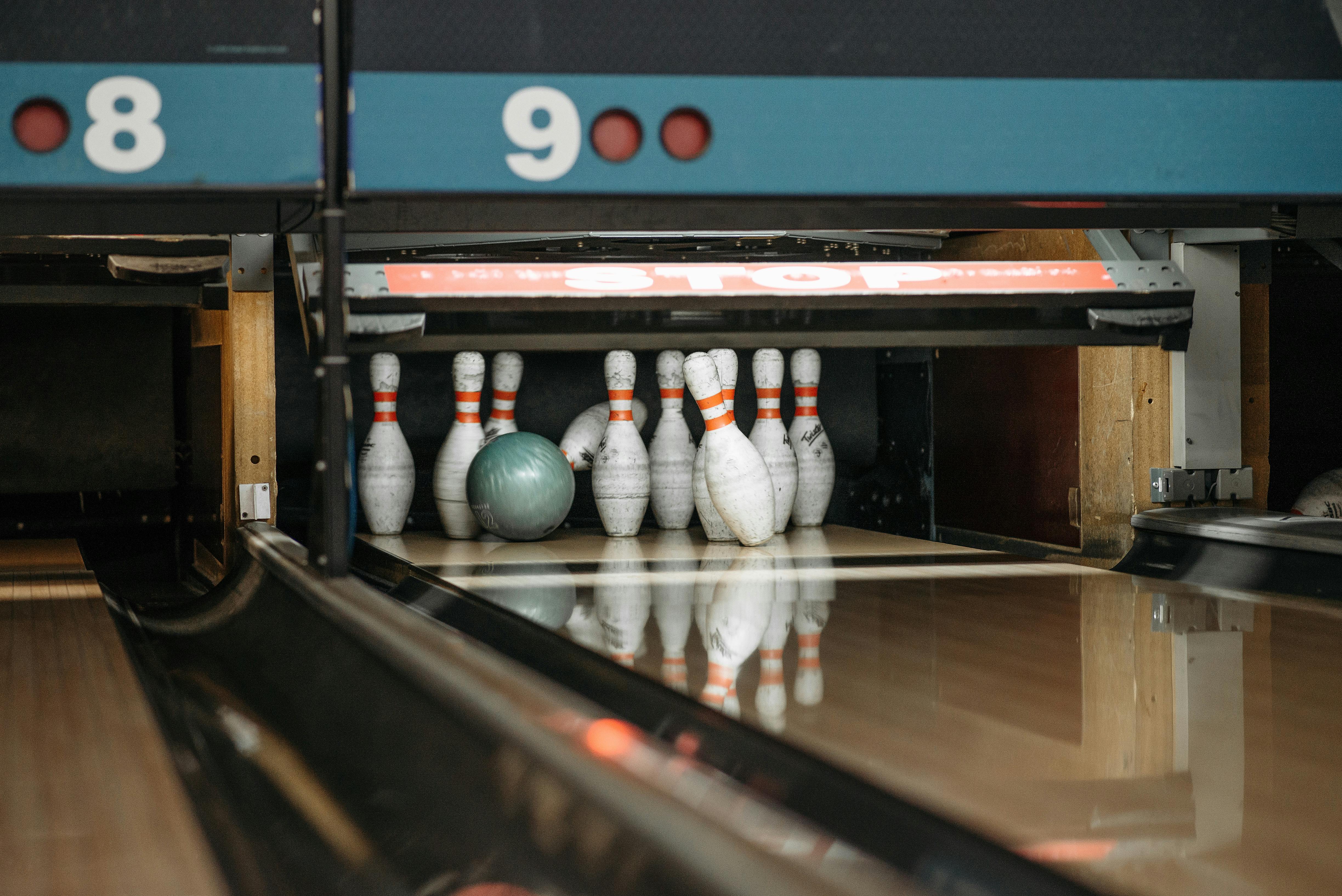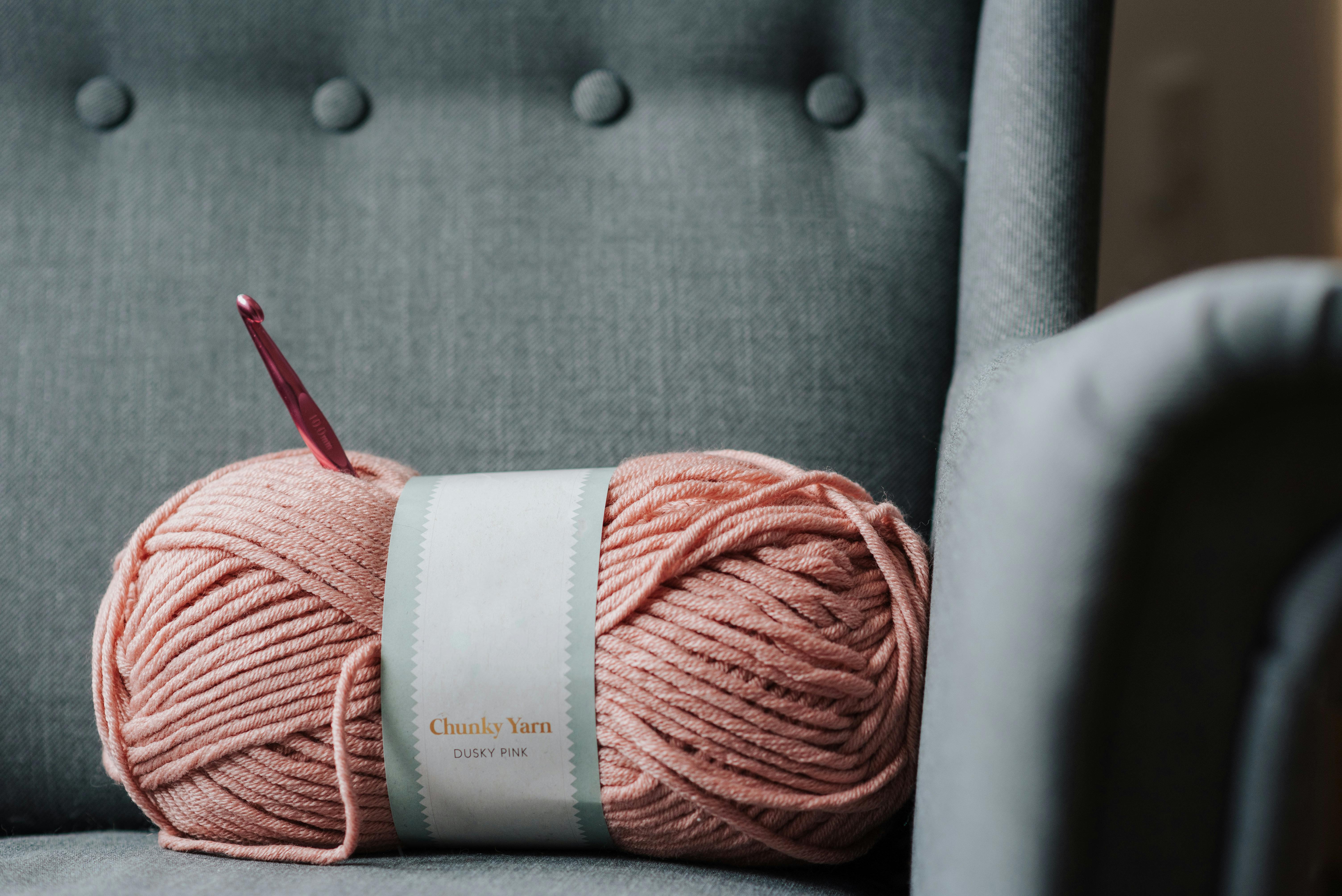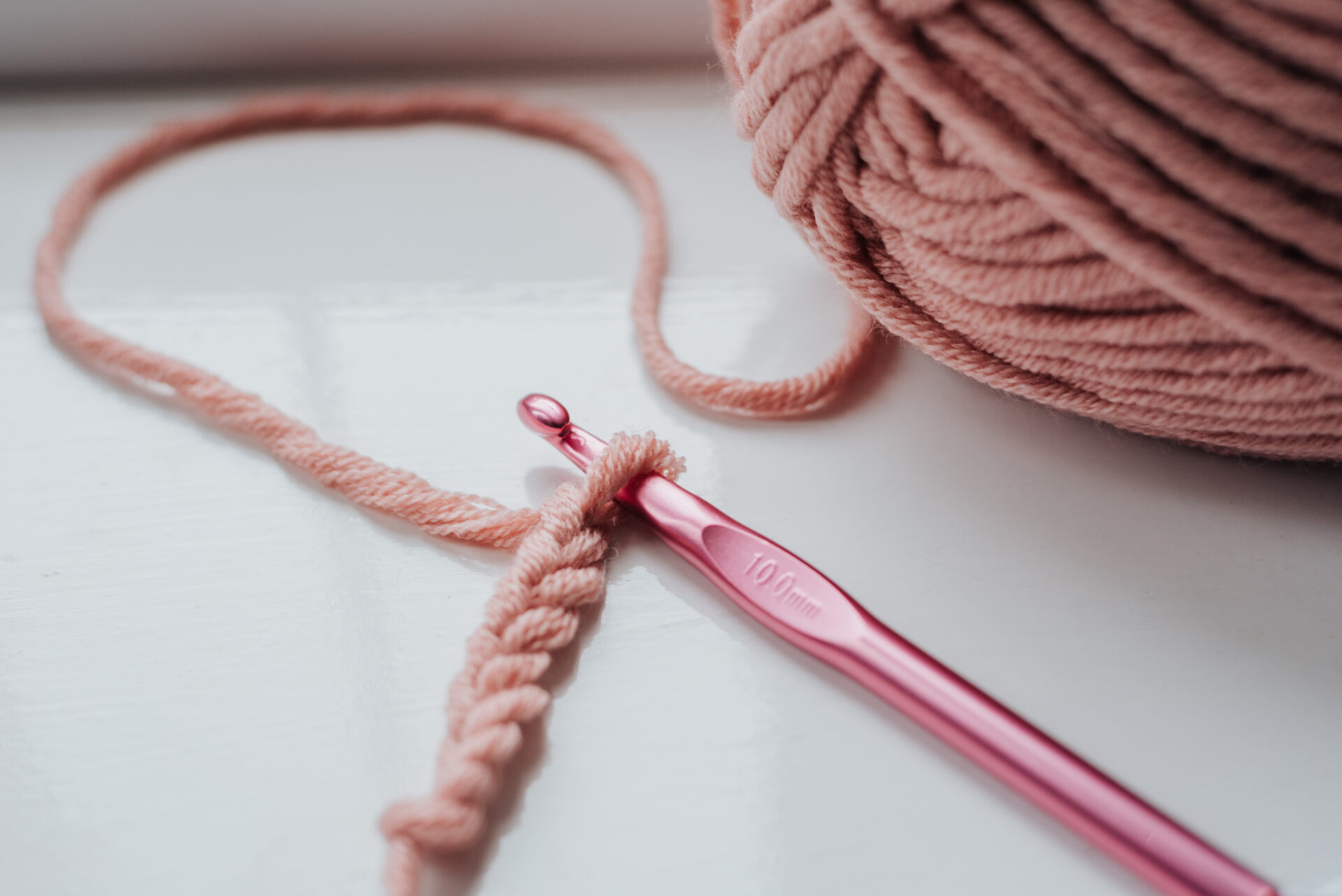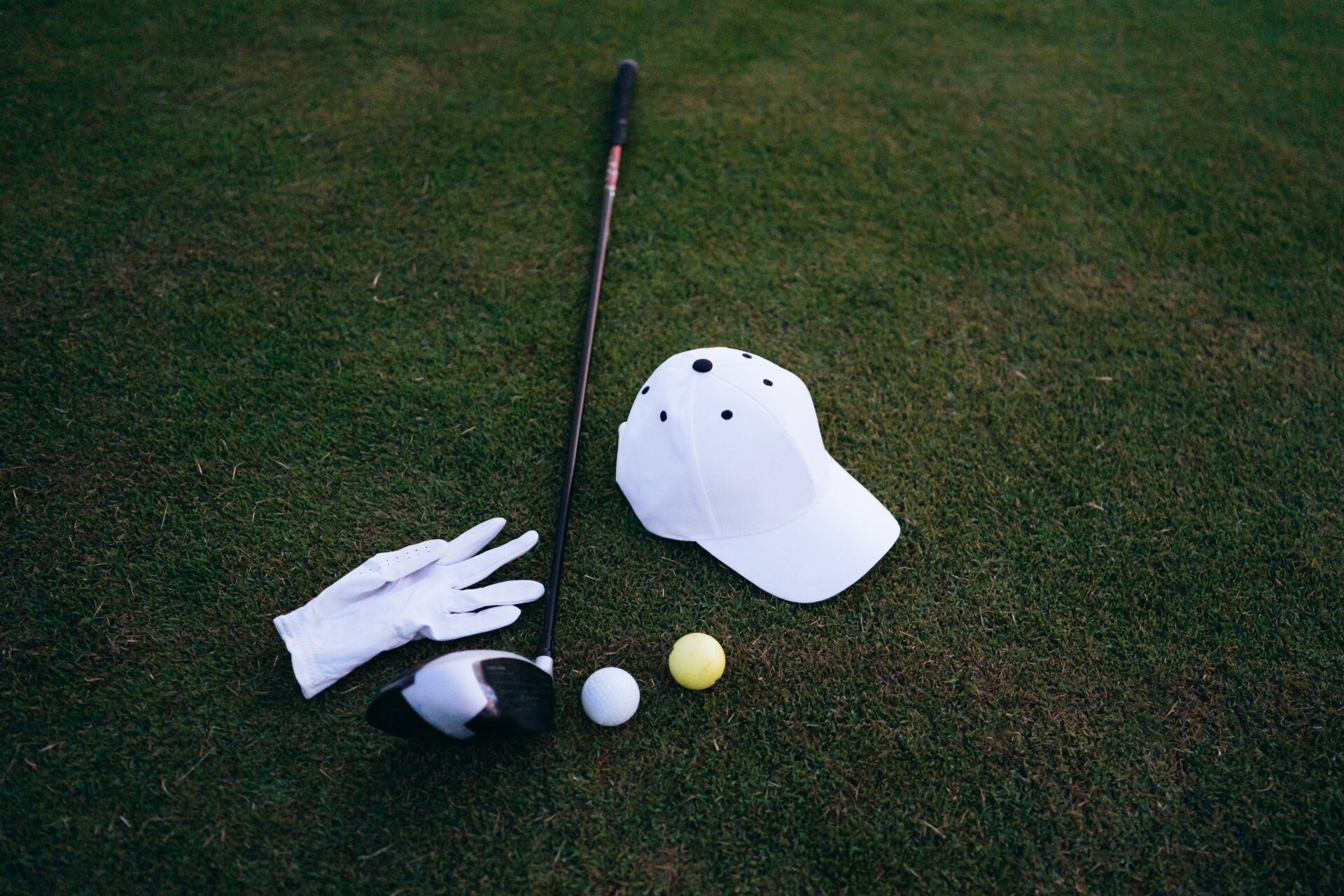Bowling is a popular sport enjoyed by millions of people around the world. It is a fun way to socialize with friends and family, as well as have some competitive fun. While bowling may seem like an easy game, it takes skill and practice to become a great bowler. One of the most important techniques in bowling is learning how to hook the ball. Hooking the ball gives bowlers more control over their shots and can be used to pick up difficult spares or hit tricky pins. In this guide, you will learn how to hook the ball in bowling and master this essential skill.To hook the ball in bowling, you need to start with your feet slightly wider than shoulder-width apart. Then, take a couple of steps towards the foul line, keeping your feet pointed straight ahead. When you reach the foul line, throw the ball with a slight curve to the left (for right-handed bowlers) or to the right (for left-handed bowlers). To create more hook, focus on putting spin on the ball by slightly rotating your wrist as you release it. Keep your arm relaxed and follow through after releasing the ball. Finally, adjust your release point if you need more hook or less hook.
Understanding the Basics of Hooking a Bowling Ball
Hooking a bowling ball is an important skill for any bowler. By understanding the basics of hooking, you can maximize your performance on the lanes. The first step in learning how to hook a bowling ball is to identify the type of grip you will use. Different grips, such as thumbless, double-fingered, and fingertip, can all be used to create different types of hooks. Once you have identified the grip that works best for you, it’s time to focus on how to release the ball correctly.
When releasing the ball, it’s important to keep your arm angled slightly downward and behind your body. This will help create a curve when the ball hits the pins. As you throw, focus on keeping your wrist loose and relaxed so that your hand can easily turn over at release. Additionally, make sure not to rotate your shoulder too much or too quickly as this can cause an inaccurate shot and reduce the amount of hook you get from each shot.
Finally, it’s important to remember that adjusting your stance and speed are key factors in creating more hook on each shot. You should experiment with different stances until you find one that feels comfortable and allows for maximum control over each shot. Additionally, increasing your speed slightly can help create more hook as well. With practice and experimentation, you’ll soon be able to master how to hook a bowling ball effectively!
Choose a Suitable Bowling Ball for Hooking
When it comes to bowling, choosing the right ball can make all the difference. When looking for a ball that will give you maximum hooking potential, there are a few things to consider. The weight of the ball, coverstock type, and shape of the drilling all have an impact on how much hook you can get out of your ball.
The weight of your bowling ball is one of the most important factors when looking for a good hooking ball. Generally speaking, heavier balls will give more hook than lighter balls due to their increased momentum as they travel down the lane. If you are looking for maximum hook potential, then aim for a ball weighing in at around 16-17 pounds.
The coverstock type is also important for determining how much hook you can get out of your bowling ball. Balls with reactive resin coverstocks tend to provide more traction and thus more hook than those with plastic or hybrid coverstocks. Reactive resin coverstocks are also more durable and require less maintenance than other types of coverstocks.
Finally, the shape of your drilling will affect how much hook you get from your bowling ball. Different drillings can produce different amounts of spin and rotation on the lane which will determine how much hook you get from your shot. A symmetrical drilling with a low differential will produce less spin and thus less overall hook while an asymmetrical drilling with a higher differential will produce more spin and thus more overall hook potential.
Overall, choosing the right bowling ball is key when it comes to getting maximum hook potential out of your shot. The weight, coverstock type, and shape of your drilling all have an impact on how much spin and rotation you can generate on the lane which ultimately determines how much hook you can get out of your shot. So take some time to research different balls and drillings so that you can find one that fits your style best!
Adjust Your Throwing Arm and Hand Position for Maximum Hook
Throwing a hook is a great way to throw further and more accurately. It is important to adjust your throwing arm and hand position for maximum effectiveness. First, when you prepare to throw, make sure that your elbow is slightly bent and pointing away from your body. Your throwing arm should form an angle of about 90 degrees with your body. This will help you create power in your throw while keeping the ball close to your body.
Next, place the ball in the crease of your index finger and thumb so that there is good contact between the ball and the fingers. If too much of the ball rests against the palm of your hand, then it will cause too much spin on the ball, which could cause it to hook too much or not hook at all. By keeping it in the crease of your fingers, you can control how much spin you put on it.
Finally, when you release the ball, make sure that it is released at a downward angle slightly below parallel with the ground. This will help ensure that the ball gets plenty of lift off from its spin and helps generate a nice hooking motion. Additionally, make sure that you follow through with your arm after releasing the ball. This will help increase accuracy by ensuring that all of your momentum goes into throwing accurately rather than just stopping suddenly once you’ve thrown it.
By following these steps, you can be sure that you are adjusting your throwing arm and hand position for maximum effectiveness when throwing a hook. With practice and repetition, you can become an expert at this skill!
Learning the Right Release Technique
The right release technique is essential for achieving maximum hook when casting a fishing line. Using the wrong techniques can not only affect the effectiveness of the hook, but can also lead to unnecessary tangles and knots in the line. Knowing how to properly release the hook will ensure that you get a strong and accurate cast for a successful day of fishing.
Gathering Supplies
Before you can begin learning the right release technique, you will need to gather all of your necessary supplies. This includes a rod, reel, line, lures and hooks. Make sure that all of these items are in good condition and have been properly stored before use. If you are just starting out with fishing, it may be helpful to purchase pre-made rigs that will have all of the supplies you need already attached and ready to go.
Practicing Proper Form
Once your supplies are gathered, it is time to start practicing proper form with your release technique. Begin by standing up straight with your feet shoulder-width apart and holding your rod at arm’s length in front of you. Next, draw back your rod in a smooth motion while keeping it parallel to the ground until it reaches your shoulder area. From here, quickly snap your wrist forward while releasing the line at the same time. Make sure that when releasing the line that you do so in an even manner so as not to cause any tangles or knots in the line.
Adjusting Your Technique
Once you have mastered proper form with your casting technique, it is time to adjust any details until you feel comfortable with achieving maximum hook every cast. This may include changing up your grip on the rod or adjusting where on the rod you are releasing from each cast. Experimenting with these minor adjustments will help ensure that every cast is as successful as possible when fishing for different types of fish species or different types of waters.
Conclusion
Learning how to use the right release technique for maximum hook is an important skill that any angler should master before heading out onto their next fishing trip. By gathering all necessary supplies and practicing proper form on each cast, anglers can ensure successful results every time they hit the water!

Check Your Grip On The Bowling Ball To Achieve Maximum Hook
Gripping the bowling ball correctly is a very important factor in achieving maximum hook on the lane. A good grip will give you control over the ball and help you make precise shots. To get the best results, it is important to check your grip on the bowling ball regularly. Here are some tips to help you get the perfect grip:
First, make sure that your fingers are spread out evenly around the bowling ball. This will ensure that you have a secure and balanced grip on the ball. Next, make sure that your thumb is positioned correctly in relation to your fingers. Your thumb should be slightly below your fingers and should be slightly curved to provide extra support.
Once you have established a comfortable and secure grip on the ball, it is time to practice throwing it. Start by making small adjustments with your grip as you throw the ball down the lane. Adjusting your grip can help you achieve more accuracy and power when throwing. After a few practice throws, check how well your grip is working by looking at how much hook you are getting on each shot.
Finally, remember to adjust your grip when necessary to maximize hook potential. If you notice that your shots are not hooking as much as they used to, this may be a sign that it is time for an adjustment. Experiment with different grips until you find one that works best for you and helps you achieve maximum hook potential with each shot.
Making Sure You Have Enough Room to Roll Out When You Release the Ball
When you are playing a game of bowling, it is important to make sure that you have enough room to roll out when you release the ball. This will help you make sure that you are not interfering with other players in the alley, and it will also ensure that your ball goes where you want it to go. To make sure that you have enough room, here are some tips:
First, stand at least two feet away from the foul line. This will give you plenty of room for your ball to roll out without running into other players or objects.
Second, take a few practice swings before actually releasing the ball. This will help give you a better understanding of how far back you need to be in order to get your ball to go straight down the lane and into the pins.
Third, check your posture. Make sure that your feet are shoulder-width apart and that your knees are slightly bent. This will help ensure that you have good balance when releasing the ball and will help prevent any interference with other players in the alley.
Finally, listen for any instructions from an instructor or another player if they notice something wrong with your stance or release of the ball. They may even be able to give tips on how to improve your technique so that next time around, your release is more consistent and powerful.
By following these tips, you can make sure that when releasing the ball in a game of bowling, you have enough space so as not to interfere with other players or objects in the alley. Doing this will help ensure that your ball goes where it needs to go and gives everyone a better experience when playing bowling!
Different Types of Spins for Different Levels of Hooks
Spinning is an essential part of fishing and it is important to understand the different types of spins available and how to use them for different levels of hooks. There are many different spin types, ranging from traditional bottom jigging to more modern techniques such as topwater spinning. Each type of spin can be used to catch fish in a variety of conditions, and knowing which type will work best for a particular situation can make a big difference in the success rate.
When it comes to traditional bottom jigging, the most common type is Texas-rigging. This type of spin involves using a lead-head jig with an attached hook at the bottom. The weight of the jig helps keep it in place and allows it to sink down into the depths where the fish might be lurking. When casting with this type of spin, anglers should move the rod tip up and down in short jerks to create a wobbling motion that attracts fish.
Topwater spinning is another popular technique that involves using lures that float on top of the water’s surface. This type of spin is ideal for targeting species like bass, trout, pike, and walleye. To successfully use this type of spin, anglers should cast out their lure and then rapidly reel it back in while keeping their rod tip up high so that the lure stays on top of the water’s surface. This creates action that mimics prey swimming near the surface and can draw strikes from hungry predators below.
Finally, there are also some specialty spins such as fly fishing or trolling that can be used for different levels of hooks. Fly fishing requires specialized equipment but can be very effective when targeting large gamefish such as salmon or steelhead. Trolling is another great option for targeting larger species like marlin or tuna since it allows anglers to cover large areas quickly and effectively search for potential strikes.
No matter which type of spin you choose, understanding how each one works will help you become more successful at catching fish at different levels of hooks. With practice and experience you’ll soon learn which techniques work best under specific conditions so you can maximize your catch rate every time you hit the water!

Conclusion
Hooking the ball in bowling is an important part of the game. It is a skill which needs to be practiced and perfected if you want to improve your overall score. With practice and following the tips mentioned above, you should be able to easily hook the ball in bowling and see your scores improve! The key aspects to remember are to keep your wrist loose, use a strong grip and have a consistent follow-through.
Bowling is a fun activity that can be enjoyed with family, friends or even team members. With the right technique, you can become an expert bowler in no time! So go ahead and perfect your hooking technique for more strikes and spares!




